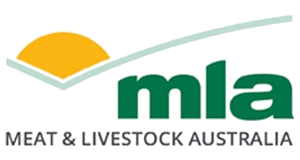Demonstration of profit sharing model
| Project start date: | 27 December 2010 |
| Project end date: | 06 June 2011 |
| Project status: | Completed |
| Livestock species: | Grass-fed Cattle |
| Relevant regions: | Tasmania |
|
Download Report
(0.4 MB)
|
|
Summary
In 2009, the Circular Head Beef Business Group (CHBBG) formed to allow producers wishing to go into more depth in business analysis and management to do so. The group commenced activities by working through the MLA cost of production (CoP) calculator to initiate benchmarking between group members.
The aim of this Producer Demonstration Site (PDS) was to allow breeders and finishers to share in the profits of both enterprise types on an equitable basis, while running either a specialised breeding, or specialised finishing enterprises (the most profitable) on their farm.
More pasture was consumed on a per hectare basis and the proportion of pasture going into beef production was increased. This was addressed by increasing stocking rate, but also by improving pasture management in order to finish cattle more quickly and improve the proportion of the feed that went into beef production. The group has on average increased pasture utilisation over 2 years by almost 50% and increased business profit by over 100%.
Objectives
The project’s objectives were to: develop and demonstrate a profit share agreement that can be used to help offset the risk associated with specialising in certain enterprises; increase resource utilisation, pasture utilisation; beef production per hectare; and business profit.
Progress
The main benefits of a profit share agreement are reductions in transport costs to and from the point of sale, a decrease in levies and the ability of farmers to specialise in either breeding or finishing. The benefits from specialisation stem from the ability of these enterprises to capitalise on the natural advantage of their property.
The share of profit on a percentage basis in the agreement was set at 60% for the breeding enterprise and 40% for the finishing enterprise. This split was derived from an analysis of the comparative benefits of specialisation over diversification identified in the detailed energetics modelling.


